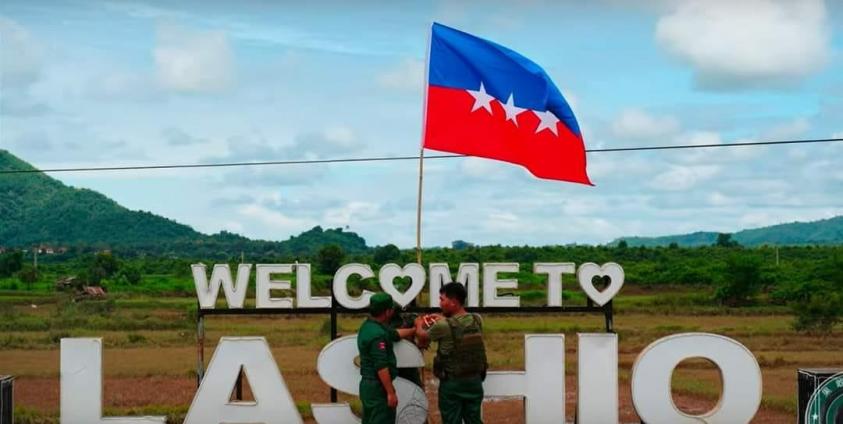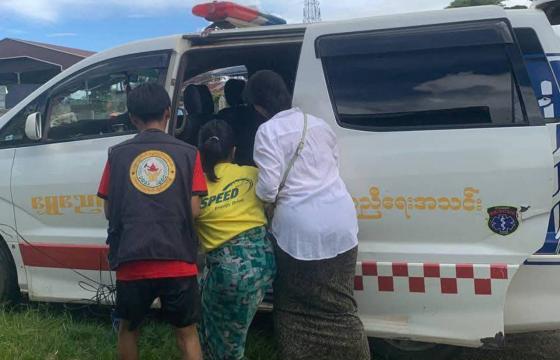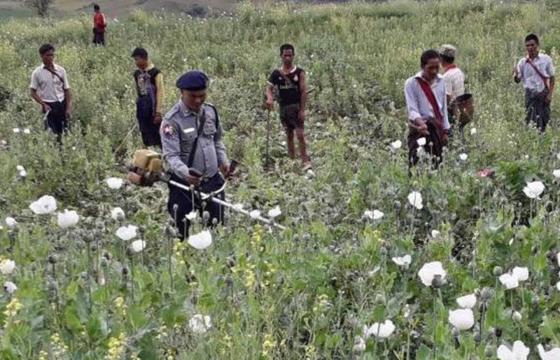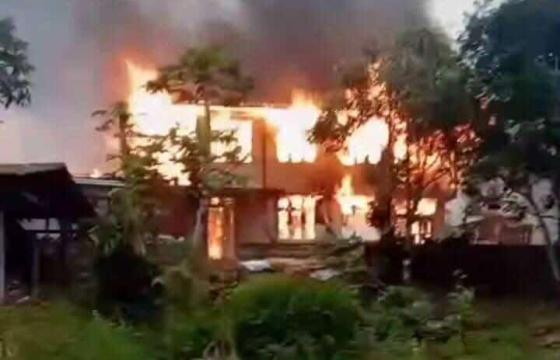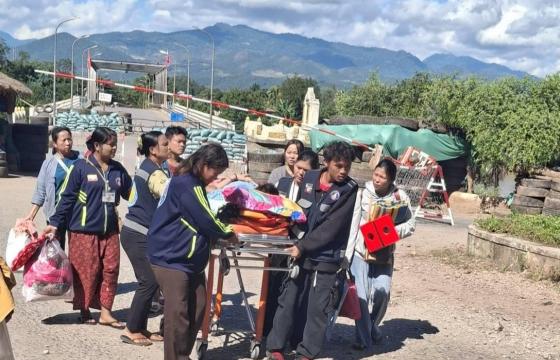The Myanmar National Democratic Alliance Army (MNDAA), the Kokang ethnic armed organisation, has announced that Chinese is the official language in all the areas of northern Shan State it controls.
This is causing problems for the many locals who do not speak Chinese.
A resident of Lashio Township in northern Shan State told the Shan Herald that the MNDAA’s extensive use of Chinese as the official language in the areas it controls is causing significant difficulties for locals who do not speak the language.
He said: “Of course, there are challenges. Under the Kokang administration, departments such as municipal and immigration offices use only Chinese. But Lashio isn’t home only to Chinese speakers; there are other ethnic groups living here too.”
Another Lashio resident pointed out that there are many people from other ethnic groups living in Lashio, including the Shan, Ta'ang (Palaung), Kachin and Bamar amongst others, many of whom do not speak Chinese. If the MNDAA administration uses Chinese for its official business it will be difficult for the MNDAA to have a harmonious relationship with the public.
Previously, during Operation 1027, The MNDAA had issued statements exclusively in Chinese.
“The MNDAA has always used Chinese as its official language. However, Lashio is home to diverse ethnic groups, so it’s anticipated that the MNDAA might adopt other languages in the future. But it's hard to draw definitive conclusions about the long-term influence of Chinese just because it is the current official language”, said a military and political analyst.
An MNDAA-led coalition seized the junta's Northeastern Regional Command base in Lashio Town on 3 August . The MNDAA then announced that it had taken full control of the administration in Lashio Town, the administrative centre of Lashio Township.
Currently, the MNDAA is focusing on reconstruction efforts in post-conflict Lashio Town and it is planning to facilitate the return of residents who fled the fighting in Lashio Town.
But, according to another Lashio Town resident, only about one-third of the residents who were displaced by the fighting have returned, so far. Some only returned briefly to check on their homes before leaving again.
He said: “The number of people resettling in Lashio is still small. It’s estimated that only about one-third of the population has returned, and some left again after checking the condition of their homes. Many locals still hesitate to stay in Lashio, fearing the threat of junta airstrikes.


